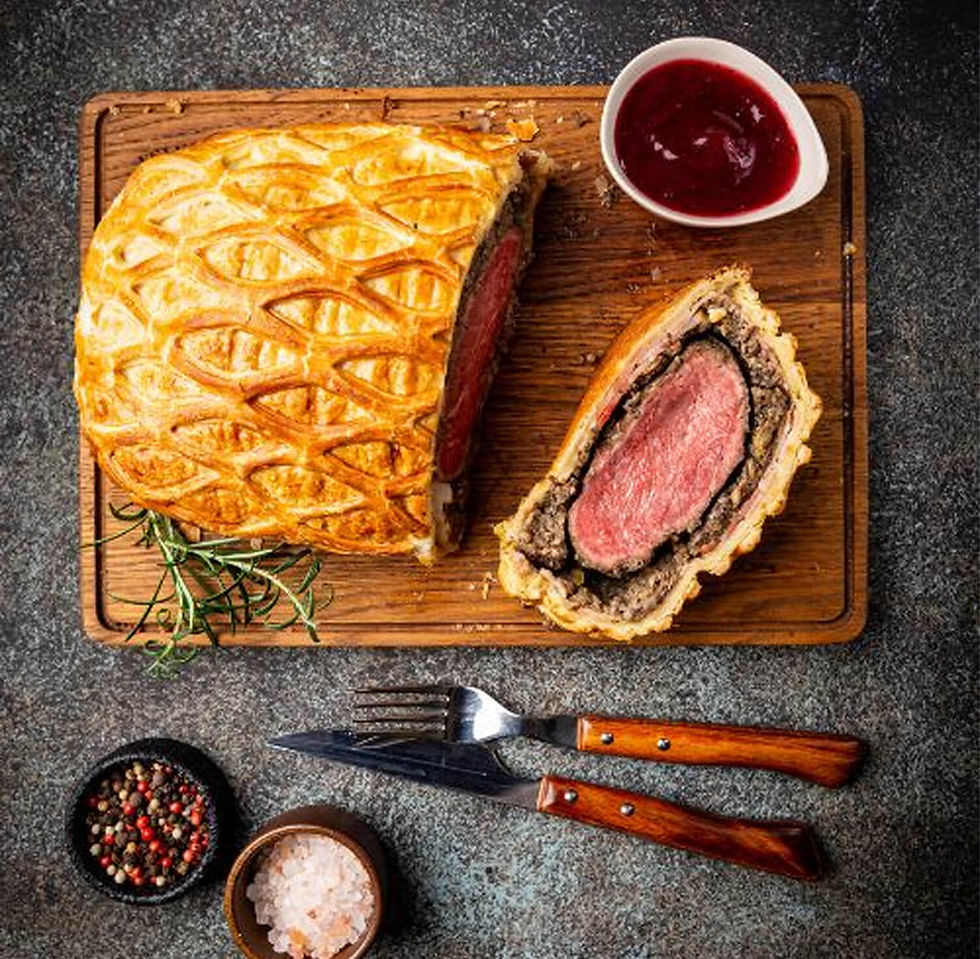Rethinking the Buzz: Are Backyard Honeybees Harming Native Pollinators?
- Anna-Hayes
- May 9
- 3 min read
We've all seen the "Save the Bees" campaigns, often featuring the familiar fuzzy bodies of honeybees. It feels like a virtuous act, setting up a hive in your backyard, contributing to the health of our planet, right? But a thought-provoking article from Willamette Week, titled, "Should Portland Ban Backyard Beekeeping?," challenges this widely held belief and makes us at The Enchanted Hive pause and reconsider.

Before we dive deeper, have you explored the enchanting world of The Enchanted Hive? Discover unique and handcrafted items that celebrate nature and the magic of small living things. Visit our product shopping page and find something truly special!
The article meticulously details Portland's journey of easing regulations around backyard beekeeping in the early 2000s, culminating in the removal of even the need to inform the city of new hives by 2018. This deregulation, while seemingly promoting urban homesteading and aligning with the "save the bees" movement, has had unintended consequences.
According to the piece, and backed by research from organizations like the Xerces Society for Invertebrate Conservation, honeybees – while not endangered themselves – can actually outcompete and harm native pollinator populations, including threatened bumblebees and butterflies. Matthew Shepherd from the Xerces Society is quoted saying, "Keeping honeybees is not conservation...Honeybees are domesticated livestock and not a solution to our declining populations of native bees, in the same way that a chicken coop in sagebrush isn’t the answer to help sage grouse."

The article highlights several key issues:
Resource Competition: Honeybees forage up to 5 miles from their hive, potentially depleting the limited pollen and nectar resources available in urban environments for native pollinators with much smaller foraging ranges. The Xerces Society even advises that "every honeybee hive deprives over 100,000 native pollinators of food."
Disease Transmission: Honeybees can introduce pathogens into native bee populations, further threatening their health and survival.
Misconception of "Saving the Bees": The article rightly points out that the "save the bees" mantra often conflates the issues of honeybee colony collapse disorder (an agricultural concern) with the extinction crisis facing many native pollinator species.
Interestingly, the piece also shines a light on a quieter, more impactful movement: the rise of mason bee enthusiasts. These native, gentle, and highly efficient pollinators are presented as a true alternative for those wanting to support pollination in their gardens without the negative impacts of honeybees. With a pollination rate of 95% compared to the honeybee's 5%, mason bees are powerhouses in the pollinator world!
This article has certainly given us food for thought here at The Enchanted Hive. We deeply value the health and biodiversity of our ecosystems, and the information presented in "It seemed like a good idea at the time" raises important questions about how we can best support pollinators in our urban spaces.
Now, we want to hear from you! What are your thoughts on this article? Were you aware of the potential negative impacts of backyard honeybees on native pollinators? Have you considered alternatives like raising mason bees? Share your opinions and experiences in the comments below!
Let's continue this important conversation and work together to create thriving environments for all pollinators. For more information on native pollinators and how you can help, we encourage you to visit the website of the Xerces Society for Invertebrate Conservation. You can also learn more about the incredible world of native bees through resources like Buglife.
1
Searing the Beef
Sear beef fillets on high heat for 2 minutes per side to form a golden crust. Let it cool before proceeding to keep the beef tender.
1
Searing the Beef
Sear beef fillets on high heat for 2 minutes per side to form a golden crust. Let it cool before proceeding to keep the beef tender.
1
Searing the Beef
Sear beef fillets on high heat for 2 minutes per side to form a golden crust. Let it cool before proceeding to keep the beef tender.
1
Searing the Beef
Sear beef fillets on high heat for 2 minutes per side to form a golden crust. Let it cool before proceeding to keep the beef tender.
Notes



1
Season the good fresh beef fillets with salt and black pepper. Heat olive oil in a pan over high heat and sear the fillets for 2 minutes per side until it fully browned. Remove the beef from the pan and brush with a thin layer of mustard. Let it cool.



1
Season the good fresh beef fillets with salt and black pepper. Heat olive oil in a pan over high heat and sear the fillets for 2 minutes per side until it fully browned. Remove the beef from the pan and brush with a thin layer of mustard. Let it cool.



1
Season the good fresh beef fillets with salt and black pepper. Heat olive oil in a pan over high heat and sear the fillets for 2 minutes per side until it fully browned. Remove the beef from the pan and brush with a thin layer of mustard. Let it cool.



1
Season the good fresh beef fillets with salt and black pepper. Heat olive oil in a pan over high heat and sear the fillets for 2 minutes per side until it fully browned. Remove the beef from the pan and brush with a thin layer of mustard. Let it cool.
Instructions
Quality Fresh 2 beef fillets ( approximately 14 ounces each )
Quality Fresh 2 beef fillets ( approximately 14 ounces each )
Quality Fresh 2 beef fillets ( approximately 14 ounces each )
Beef Wellington

Beef Wellington
Fusion Wizard - Rooftop Eatery in Tokyo
Author Name

Beef Wellington is a luxurious dish featuring tender beef fillet coated with a flavorful mushroom duxelles and wrapped in a golden, flaky puff pastry. Perfect for special occasions, this recipe combines rich flavors and impressive presentation, making it the ultimate centerpiece for any celebration.
Servings :
4 Servings
Calories:
813 calories / Serve
Prep Time
30 mins
Prep Time
30 mins
Prep Time
30 mins
Prep Time
30 mins






Comments